How to stop becoming unnecessarily busy

Jan McLeod / Words
We have all dived head first into another year. How are you feeling? Do you feel energised and engaged with your work life or closer to being in survival mode? Did you start this year committed to investing in workplace wellness and yet somehow you’ve found your intentions off track, not experiencing the quality of workplace wellness you envisioned?
To help you get back on track, it’s vital to do a workplace wellness check-in.
How? I encourage you to adopt a simple approach and recommend a four-step process.
Step one
Temporarily resist and disengage from the temptation to be swept along with the momentum of getting more and more stuff done. Actively choose to take time out to reflect on the quality of your workplace wellness, to assess and contemplate the consequences of being continuously busy at work and to also understand the flow-on impact on life outside of work.
Step Two
Take a breath. When you are hurtling along at speed in your quest to do and achieve, your breathing is generally shallower. It means you are breathing from the top of your lungs, denying yourself the benefit of deep and full breaths. Deep breathing calms your physiology and quietens your mind. Begin by finding somewhere quiet. Now take 5–6 long slow breaths over approximately 60 seconds. Aim for the out-breath to be longer than the in-breath. You can count 2–3 on the in-breath and 3–4 on the out-breath. Place your hands on the side of your rib cage and feel it open and expand with each deep breath. In doing this, I recommend you sit. If you are tending to a shallower breath, deeper breathing may initially lead to you feeling a little lightheaded for a moment or two.
Step three
Reflect. Create the time and space you need to observe and assess the current quality of your workplace wellness. I encourage you to write a list of those areas of which are most important to you. Or perhaps list the areas you identified at the beginning of the year that needed additional focus. To make your assessment concrete, create a workplace wellness scorecard. Give each area a score out of 10. A score of zero reflects the lowest level of workplace wellness quality and 10 reflects the highest level. Reflect on your scores. Ask yourself what you can do to improve the scores. Identify the actions and strategies you wish to take to improve your scores.
Step four
Implementation. It’s about identifying which actions and strategies will get your workplace wellness back on track; which will provide you the platform for again feeling energised and engaged. Your aim is to identify the actions and strategies that are most practical and from which you believe you can achieve sustainable workplace wellness improvement.
Busy for busy’s sake.
So now you know how to do a wellness workplace check-in, how confident do you feel? In my work with clients across different industries and levels of seniority, I often hear, “Jan, I know I need to invest in workplace wellness but I don’t have time.”
This belief can manifest in many ways: not having sufficient time to eat breakfast, lunch or an afternoon snack; to exercise; rest and recovery; invest in a quality sleep routine. I could go on.
Have you used these same words? If you have, you are not alone. However, I encourage you to challenge your thinking. Ask yourself, what am I busy doing? You may have inadvertently fallen into the habit of being busy for busy’s sake — what I describe as a silent but overwhelming expectation to do more in less time or with fewer resources. Or, at worst, talking about how busy you are as if it were some kind of accomplishment.
Productive and effective
Being busy for busy’s sake is underpinned by a mistaken assumption that efficiency is the primary driver of productivity. It mistakenly leads you to conclude that the busier you are, the more productive you are when, in reality, this may not be the case.
Efficiency is a measure of the ratio of input to output. Higher efficiency does require you to produce more output with less input. However, although efficiency is an important element that helps define productivity, it’s not sufficient to define productivity in totality. An equal and in many cases a more important measure of productivity is the quality of output. Busyness that challenges your workplace wellness generally manifests as fatigue or at worst a sense of unresolved overwhelm. Ongoing, unrelenting busyness comes with a risk: the busier you become the more you put at risk your workplace wellness, which in turn can negatively impact on your ability to sustain your busyness.
Gift yourself
If you are feeling this way or if there is a risk you may be heading toward feeling this way, I encourage you to slow down and gift yourself the time to do your workplace wellness check-in. Give yourself an opportunity to take stock of the quality of your workplace wellness, to identify the actions and strategies you need to sustain productive busyness.
I wish you quality workplace wellness.



Sorry, the comment form is closed at this time.